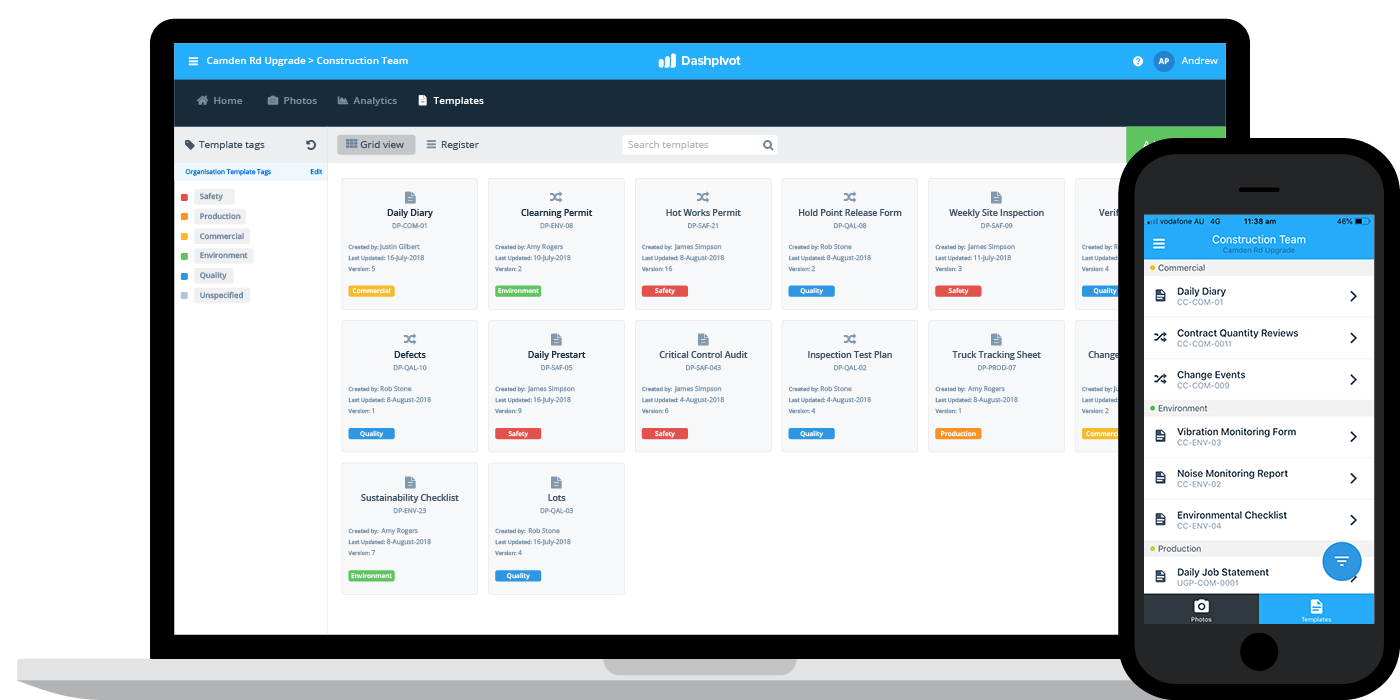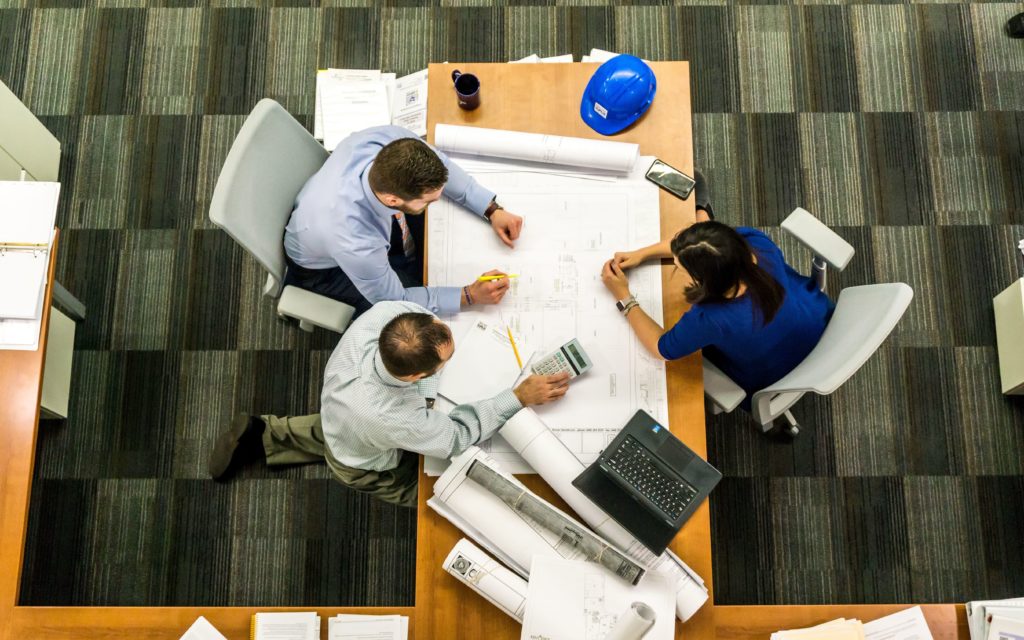Building Better Projects: The Function of Construction Document Management in Success
Achieving Seamless Project Distribution: Engineer's Comprehensive Method to Building Paper Monitoring
One important facet commonly undervalued is the monitoring of construction files, which serves as the foundation of every project. As engineers browse the intricacies of sychronisation, style, and execution, a detailed strategy to record monitoring arises as a linchpin for achieving seamless job delivery.
Relevance of Construction File Monitoring
Effective building file management plays an important function in making sure project success by promoting seamless communication and organization throughout the building and construction process. By keeping up-to-date and precise building records, designers can properly connect with service providers, subcontractors, and various other stakeholders associated with the job. These records work as a referral factor for all events, guaranteeing that everybody is working from the very same set of info and minimizing the likelihood of misconceptions or errors.
Moreover, building file monitoring helps designers stay organized by giving a central place for all project-related details, consisting of drawings, specifications, contracts, and document. This organization simplifies the decision-making process and permits for fast accessibility to important task details when needed. In addition, correct file monitoring can boost job effectiveness, lower expensive delays, and eventually result in the effective completion of construction projects. Designers that prioritize building and construction paper monitoring established a strong structure for project success and demonstrate a commitment to delivering high-grade results.
Trick Elements for Efficient Documents

Establishing standard design templates and protocols makes sure consistency throughout all project papers. Implementing a robust paper administration system that enables for version control, accessibility restrictions, and audit tracks substantially improves the organization and safety and security of job documents. By incorporating these essential aspects right into building and construction document administration methods, engineers can simplify processes, decrease mistakes, and ultimately contribute to the successful shipment of jobs.
Using Modern Technology for Document Organization
Leveraging innovative electronic devices and software systems is instrumental in improving the organization and availability of construction paperwork. Architectural firms can improve their paper monitoring procedures by applying specialized software created for the building market. These tools provide functions such as version control, cloud storage, and collective modifying abilities, allowing staff member to deal with documents concurrently and guaranteeing everybody has access to the most up-to-date details.
One key advantage of utilizing innovation for paper organization is the capability to produce a central repository for all project-related files. By storing records in a secure digital atmosphere, architects can conveniently browse, obtain, and share info with stakeholders, reducing the risk of variation disputes or misplaced documents. Furthermore, advanced software remedies commonly include metadata tagging and indexing capabilities, enabling customers to classify documents successfully and obtain them quickly when needed.
Collective Strategies With Job Teams
To enhance task end results, architects must accept collaborative techniques when working with job groups to ensure seamless interaction and sychronisation throughout the building and construction process. Cooperation with project groups is vital for architects to successfully take care of construction jobs. construction document management. By fostering open communication and synergy among all stakeholders, designers can simplify decision-making processes, address prospective concerns proactively, and ensure that everyone is straightened with the project goals
Engineers need to develop clear lines of interaction with engineers, professionals, clients, and other essential employee page from the outset of the task. Regular meetings, progression updates, and responses sessions must be scheduled to keep everyone educated and involved. Using collective project management devices can additionally assist in real-time information sharing and file collaboration, boosting openness and efficiency.

Ideal Practices for Record Variation Control

Conclusion
In conclusion, efficient construction record administration is essential for accomplishing seamless job delivery. By concentrating on essential components such as organization, variation, and partnership control, designers can ensure that all job teams are working from exact and up-to-date information. Using modern technology can improve the documents process and enhance total job performance. It is imperative for designers to carry out ideal practices in paper monitoring to successfully browse the complexities of building tasks.
Efficient construction file administration plays a look at these guys vital role in ensuring project success by helping with seamless communication and organization throughout the building process. Furthermore, appropriate paper administration can improve job effectiveness, decrease expensive delays, and eventually lead to the effective completion of building jobs.To optimize project outcomes, architects must welcome joint strategies when functioning with job teams to ensure seamless interaction and control throughout the building process. Partnership with project groups is essential for engineers to successfully manage construction jobs.In the realm of collaborative building and construction job management, keeping exact control over file versions stands as an essential technique for making sure job stability and communication.